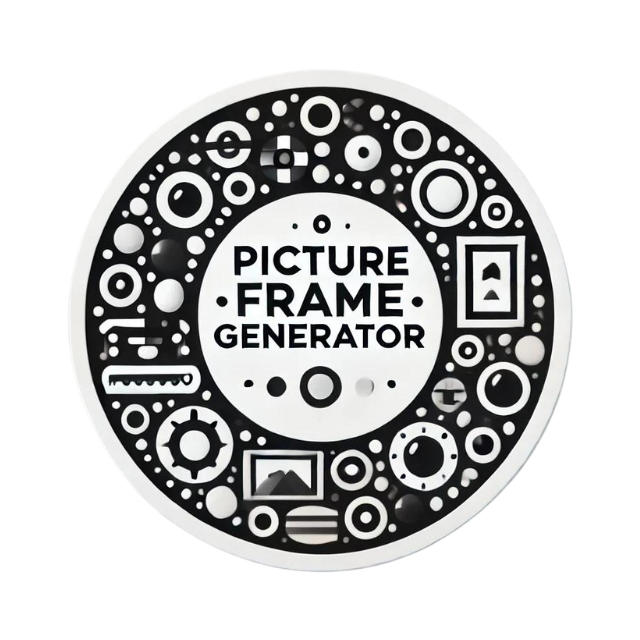Advanced Techniques in Drawing - From Silverpoint to Modern Materials
Discover the fascinating journey of advanced drawing techniques, from the meticulous precision of silverpoint to the limitless possibilities of modern materials. Unlock expert tips and enrich your artistry with innovative methods. Dive into a world where tradition meets contemporary experimentation!

Advanced Techniques in Drawing - From Silverpoint to Modern Materials
Drawing has a rich history interwoven with innovation, exploring advanced techniques that range from ancient methods like silverpoint to cutting-edge modern materials. This blog post delves into these techniques, offering expert insight and practical guidance for artists looking to elevate their craft. Let's journey through the intricate world of fine art drawing, starting with an age-old technique and moving towards contemporary practices that push the boundaries of artistic experimentation.
Drawing Techniques
The Foundation of Fine Art
Drawing techniques form the backbone of fine art, serving as the fundamental skill every artist hones throughout their career. Mastery of various techniques allows an artist to expressively convey their vision, emotions, and concepts. Fundamental drawing techniques include:
- Line Drawing: Crafting clean, continuous lines for defining shapes and contours.
- Hatching and Cross-Hatching: Utilizing lines placed next to or crossing over each other to create shading.
- Stippling: Employing dots to achieve gradations in tone and texture.
- Blending: Softly merging pencil strokes to create smooth transitions.
- Scumbling: Applying a layer of fine lines or dots to build texture and shadow.
After mastering these basic techniques, an artist can explore more intricate and historical methods, such as silverpoint, that bring unique qualities to their work.
Silverpoint: A Renaissance Technique
Silverpoint is a traditional drawing technique that dates back to the Renaissance. It involves drawing with a silver stylus on a specially prepared surface, usually coated with a ground of bone dust and glue. This method yields fine, delicate lines that oxidize over time, giving the drawing a distinctive and enduring quality.
Materials and Preparations
- Silver Stylus: Typically crafted from sterling silver and often resembling a fine-pointed pen.
- Prepared Ground: The surface is coated with a mixture of ground materials like bone dust, chalk, and water-based glue.
Techniques and Tips
- Surface Preparation: Properly prepare the ground by applying an even coat and allowing sufficient drying time.
- Drawing Technique: Use gentle, continuous pressure with the silver stylus. Excessive force can damage the ground.
- Building Values: Apply multiple layers of lines to build up values. Over time, the silver lines will darken naturally.
Advantages:
- Permanence: Silverpoint drawings do not fade.
- Line Precision: Ideal for detailed, intricate work.
- Historical Connection: Carries a rich artistic tradition.

Challenges:
- Limited Depth: Requires patience to build up tones.
- Surface Damage: The delicate ground can be easily marred.
Modern Materials: Innovation in Fine Art
As technology and materials have advanced, modern drawing techniques have emerged, expanding the artist's palette immensely.
Graphite and Charcoal
Graphite and charcoal are among the most versatile modern materials. They offer a range of values, from deep blacks to soft grays, making them ideal for both sketching and detailed drawings.
- Graphite Pencils: Available in a range of hardness. Softer pencils produce darker lines, while harder ones create lighter tones.
- Tips: Combine hard and soft pencils for dynamic shading.
- Charcoal: Available in different forms such as sticks, pencils, and powder.
- Tips: Utilize blending tools like stumps or fingers to create smooth transitions; fixatives can preserve charcoal drawings.
Conté and Pastel
Conté crayons and pastels allow for rich, bold color application and are great for creating vibrant artwork.
- Conté Crayons: Made from a blend of clay and pigment, providing more control and less dust compared to pastels.
- Techniques: Useful for combining with other media; excellent for line work and blending.
- Pastels: Soft pastels offer bright, intense colors; hard pastels provide better control and less mess.
- Techniques: Layering and blending; use fixatives to prevent smudging.
Ink and Mixed Media
Ink presents a timeless medium that lends itself to various experimental techniques. Combined with other materials, it can create stunning effects.
- Inking Techniques:
- Hatching: Create shading by drawing closely spaced parallel lines.
- Stippling: Use dots for gradient and texture.
- Washes: Diluting ink with water to create soft shades.
- Mixed Media: Incorporate different materials such as graphite, watercolor, or digital elements to enrich the composition.
- Tips: Experiment with unconventional textures and surfaces.
Artistic Experimentation: Bridging Traditional and Modern
Artistic experimentation bridges the gap between traditional techniques like silverpoint and modern materials, allowing the artist to discover new possibilities.
Combining Techniques
- Hybrid Approaches: Combine the precision of silverpoint with the dynamic range of graphite and charcoal.
- Surface Experimentation: Explore unconventional surfaces that react differently with each medium, such as vellum, textured paper, or even fabric.
Digital Integration
- Digital Tools: Software like Adobe Illustrator or Procreate can simulate traditional techniques while offering unparalleled control and flexibility.
- Hybrid Workflows: Start with a traditional silverpoint drawing and enhance it digitally, merging the best of both worlds.
Conclusion
Mastering advanced drawing techniques requires a blend of historical knowledge, meticulous practice, and a willingness to experiment. From the age-old precision of silverpoint to the versatility of modern materials like graphite, charcoal, and digital media, the world of fine art drawing is vast and rich with potential. Whether you are a seasoned artist or an enthusiastic beginner, exploring these techniques can open new doors to creative expression and elevate the quality and depth of your artwork. Utilize the insights and tips provided in this guide to navigate the intricate landscape of advanced drawing techniques, and remember, the key to excellence lies in continuous learning and experimentation. Happy drawing!
